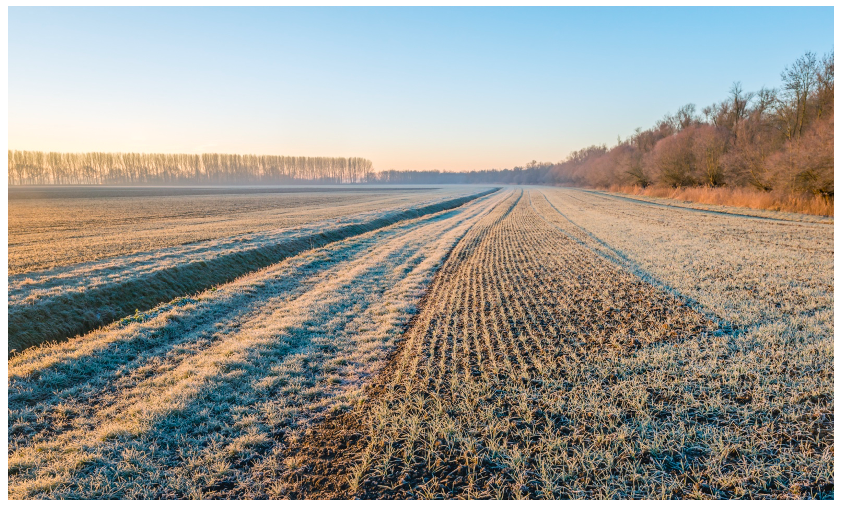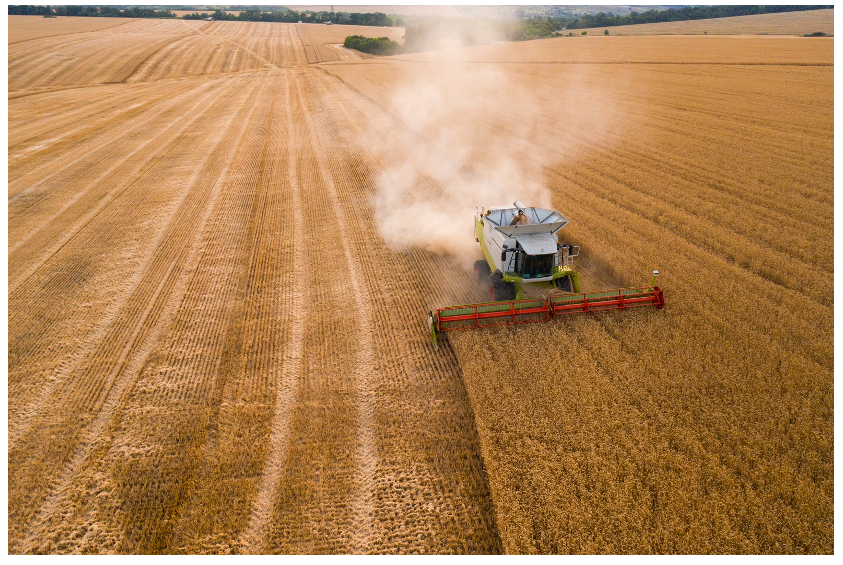Insight Focus
- Ukrainian grains production should be poor due to the ongoing war.
- Yields in other countries should also dip on reduced fertiliser supply.
- Prices should remain high with Black Sea supply suspended.
Nixal’s Forecast
Our price forecast for 2021/22 (Sep/Oct) Chicago corn remains unchanged in a range of 5.3 to 5.8 USD/bu.
There’s an upside bias as the war in Ukraine should hit corn production there. Global grains yields should also be lower as fertiliser supply remains constrained.
Nixal’s Market Commentary
Grains rallied again last week as Black Sea supply remains suspended. This was felt in both Europe and the US, with corn rallying more than 20% in the former and wheat an impressive 60% in the latter (Chicago).
The rally was fueled by supply problems derived from the war in Ukraine but also the March futures expiry on both sides of the Atlantic.
Will prices correct when the conflict ends? There’s clearly a risk premium in the market but part of that premium could consolidate as the conflict could lead to reduced global grains production.

Only winter wheat has been planted in the Northern Hemisphere so far. Meanwhile, the first South American corn crop and soybean crops are almost harvested.
Ahead of us, we have Brazil’s second and larger corn crop, now being planted. Corn and spring wheat planting in the Northern Hemisphere starts in three weeks too. The success of all these crops will depend on Russian fertiliser exports, which have been suspended. Also, Ukrainian planting will probably be disrupted resulting in reduced area. Wheat harvesting in Ukraine will also most likely be disrupted.
The length of the war in Ukraine will be key for grains production. The longer it lasts, the higher the risk of delayed wheat harvesting and corn planting in Ukraine.
Now is the ideal time to apply fertiliser in Northern Hemisphere so suspended Russian supply will undoubtedly have a negative impact on yields. Brazil’s fertiliser stocks are sufficient for the next three months, but farmers are unable to buy more.

Dealing with Russian exports is also a problem as there’s the difficulty of paying Russian companies once they’ve been expulsed from the SWIFT system.
There’s simply no market in the Black Sea, which is responsible for 30% of global wheat exports and 20% of global corn exports.
To complicate things, there were rumours that Bulgaria and Romania will ban exports to secure local supply.
The world grains balance has a forecasted deficit of 6m tonnes. Ukrainian corn production was meant to grow by 10m tonnes but that growth could turn out negative, increasing the global grains deficit.
The USDA has also cut Argentinian corn production by 4m tonnes to 41m tonnes. This is down from 51m tonnes a month and a half ago and is the result of La Niña.
Australian wheat production was revised higher last week by ABARES, with estimates now at a record high 36.3m tonnes.
The US and Brazil are replacing spot demand that Ukraine is unable to serve. However, focusing on grains for ethanol, the problem is that Europe needs non-GMO corn.
Hostilities against Ukraine continue with no clear signal that the conflict will end any time soon. The high price environment should remain while Black Sea supply continues suspended.
Other Insights That May Be of Interest…
Ukraine & Grains: Who is Most at Risk?
Russia & Ukraine Grains Likely to Be Disrupted into H2’22
Russian Invasion Sends Wheat Prices into Overdrive
Explainers That May Be of Interest…













